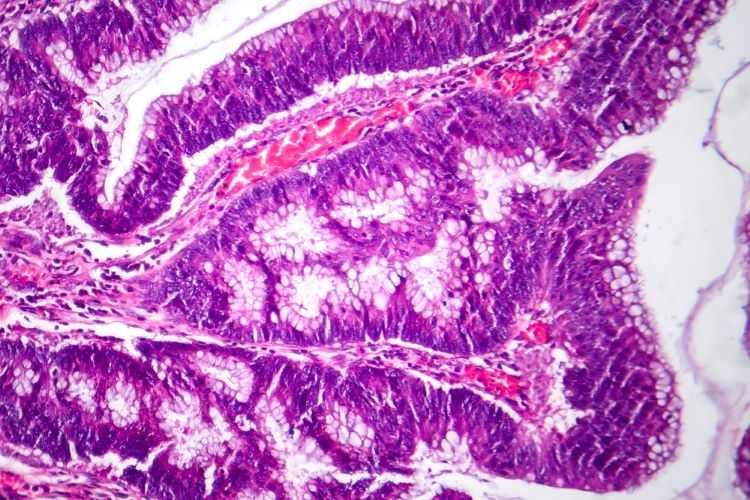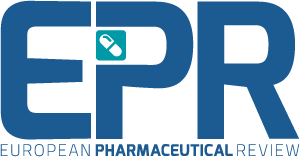Radioligand therapy could address multiple cancer types
Posted: 26 June 2025 | Catherine Eckford (European Pharmaceutical Review) | No comments yet
The investigational dual-targeting treatment provided strong and durable delivery to tumours, allowing for a high dose of targeted radiation, early results show.


A new dual-targeting radiopharmaceutical cancer therapy has demonstrated its efficacy and safety in a first-in-human study. The targeted approach enabled enhanced precision and a more potent drug delivery to tumour cells.
Nine patients with advanced adenocarcinomas received a single treatment cycle of the drug candidate 177Lu-labeled FAPI-RGD. Preliminary data showed that the combination therapy facilitated tumour shrinkage or halted growth in 88.9 percent of patients.
Xiang et al. also stated that 177Lu-FAPI-RGD “resulted in high absorbed tumour doses, such as 4.3±0.7 Gy/GBq in lung metastases, and 4.0±1.8 Gy/GBq in peri metastases”.
“While most existing therapies target a single molecular biomarker, my colleagues and I explored a dual-targeting strategy to simultaneously engage two tumour-associated markers, with the aim of enhancing tumour uptake and therapeutic efficacy across multiple types of cancer,” shared Jialin Xiang, PhD student, Peking Union Medical College Hospital in Beijing, China.
Enhancing radiopharmaceutical therapy efficacy
The radioligand treatment was well tolerated and many patients also reported physical symptom relief, such as reduced pain and an improved appetite.
“The beauty of this drug is that it stays in tumours for days, allowing prolonged damage to cancer cells”
“The beauty of this drug is that it stays in tumours for days, allowing prolonged damage to cancer cells,” shared Xiang. “It offers real hope for patients with advanced cancers who have exhausted other treatment options.”
The findings were presented at the Society of Nuclear Medicine and Molecular Imaging 2025 Annual Meeting and published in the Journal of Nuclear Medicine.
The radiopharmaceutical therapy market is expected to witness expansion due to contributing factors like investments in the development and commercialisation of radioligand therapies and advancement of imaging technologies.
For example, Novartis Pharma AG and Ratio Therapeutics agreed a radiotherapeutic collaboration in November last year. As part of the deal, the companies plan to advance a potential best-in-class therapeutic candidate for Somatostatin Receptor 2 (SSTR2)-expressing tumours.
Related topics
Anti-Cancer Therapeutics, Clinical Development, Clinical Trials, Data Analysis, Drug Development, Drug Safety, Industry Insight, Research & Development (R&D), Technology, Therapeutics
Related drugs
177Lu-labeled FAPI-RGD, radioligand therapy, radiopharmaceutical









